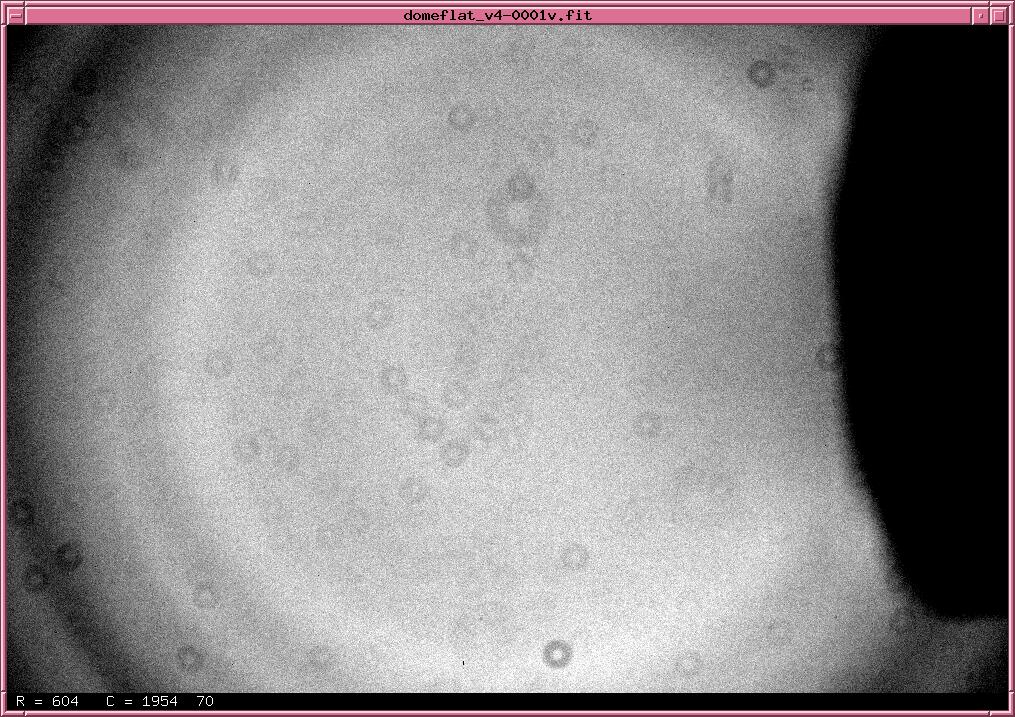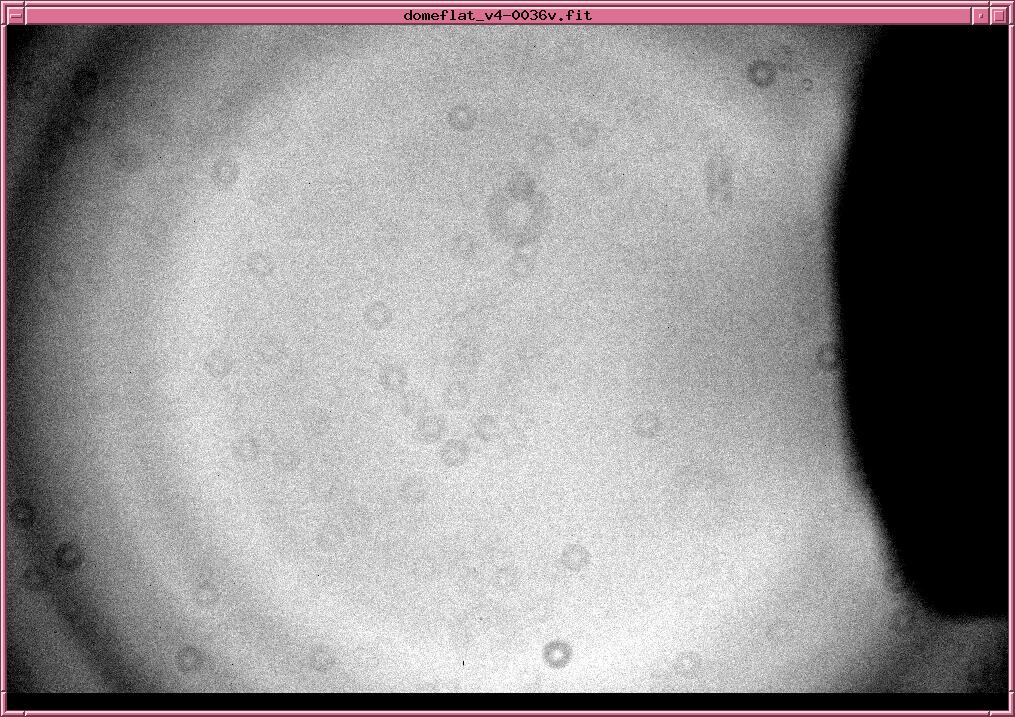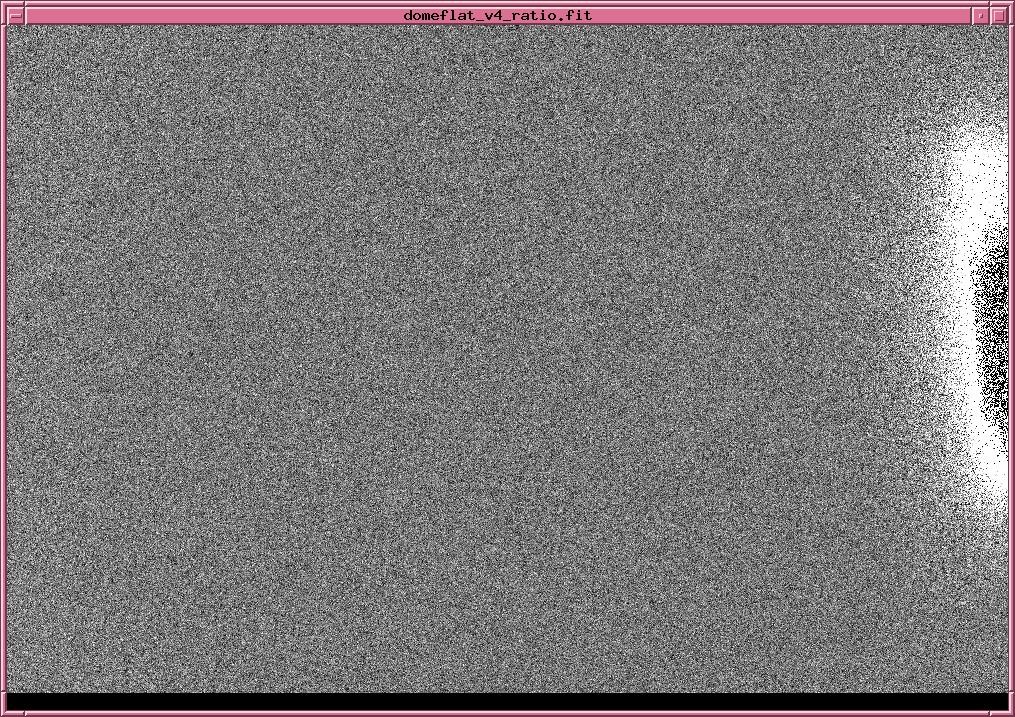
On the night of Sep 17/18, 2017, I used the RIT Observatory telescope and cameras to run a few tests.
The main setup was:
Notes from the night
This evening, I tried to make fine adjustments to the mount's altitude position. I used the star HIP 73620 = 110 Vir, near the celestial equator and far to the West, for the initial exposures, then switched to a star somewhat farther to the East when 110 Vir become too low.
I took pairs of exposures, waiting 300 seconds between each image, and compared the Dec location of the star in each pair. If the star drifted a bit one way or the other, I adjusted the altitude knob on the mount to decrease the drift. After about 40 minutes, the drift was less than two pixels over 300 seconds, and it was difficult to see a strong connection between the small adjustments I could make and the drift, so I quit and locked the mount in place.
I did not take any long series of images of a star field to check the residual drift after my corrections. That will have to wait for another night.
As discussed in the notes from the previous night, some images taken with the ATIK 11000 camera showed a strange pattern: a dark circle near the center of the field, where stars and sky counts were lower by about 1/3 than the rest of the frame. This dark circle grew in size over time.
My guess was that this was caused by condensation on the dewar window, or on the CCD itself. So, when I put the camera back into its storage box last night, I refreshed the dessicant inside the box.
This evening, I performed all of the mount alignment tests with the camera at T = +5 Celsius, to avoid any condensation. Then, after finishing those tests, I took a set of domeflats, using lights inside the dome, to see if the dark circle would re-appear if I cooled the camera.
With V-band filter, and the standard interior lamps turned on, an exposure time of 2 seconds yielded about 11,000 counts. I used this exposure time for all domeflat images, and a V-band filter.
After giving the camera about 10 minutes to cool to T = -15 Celsius, I took a short series of domeflats, waiting 10 seconds between each image. The first in the series looks like this:

and the last (number 36, taken 12 minutes later) looks like this:

If the problem was condensation, I was guessing that it would change in size or opacity during this time. I created a ratio of those two domeflats and normalized it to 10,000 counts. Here's the ratio image, displayed so that pure black = 9500 and pure white = 10,500; the greyscale spans -5% to +5% of the mean.

I see no sign of a difference near the center of the frame.
So, either
Last modified 9/17/2017 by MWR.